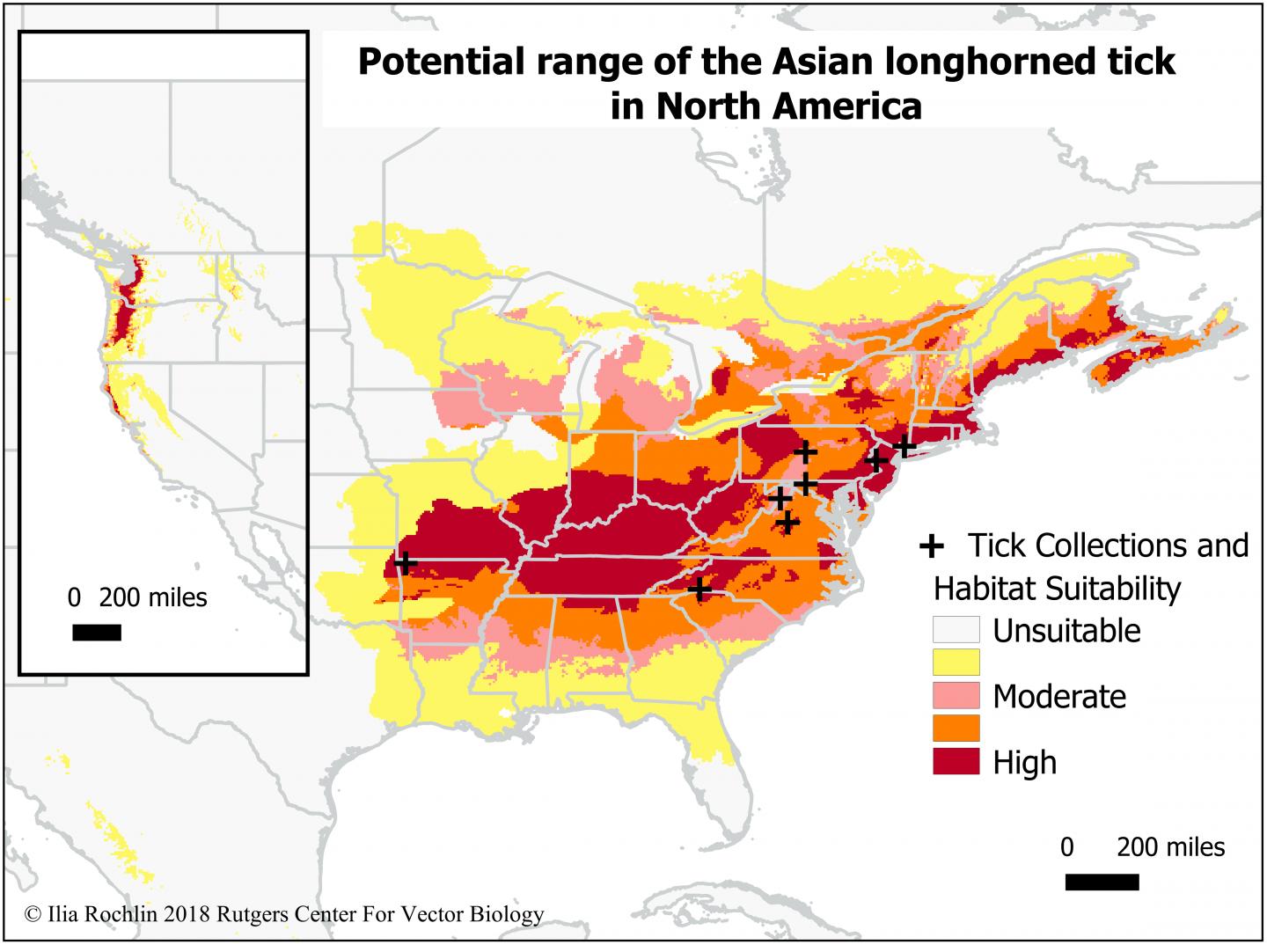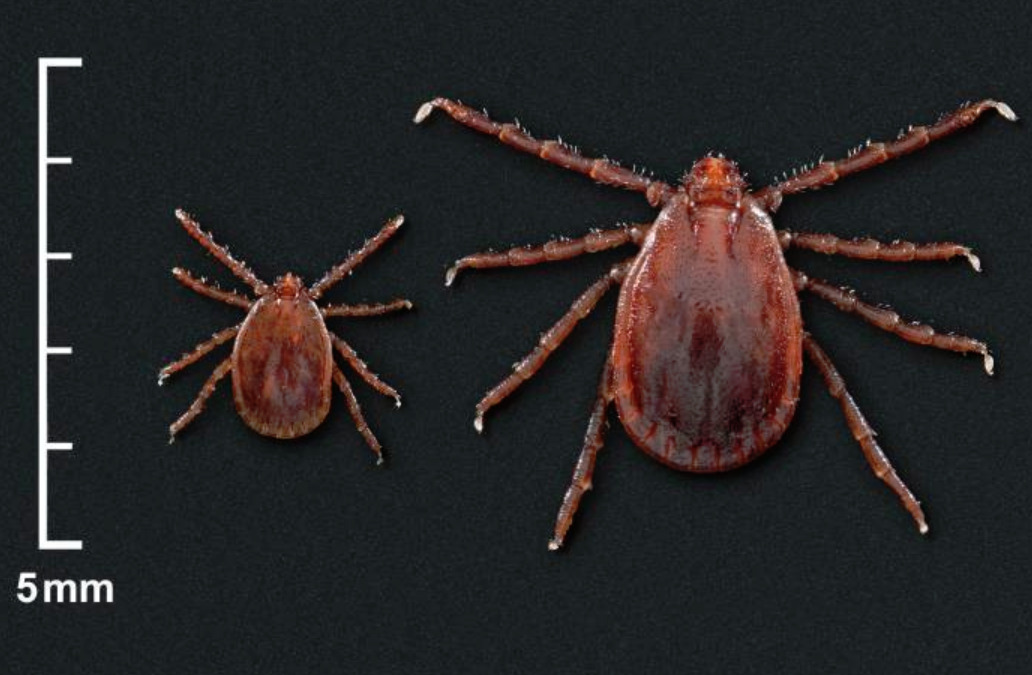Invasive Tick Species Could Have An Even Larger Impact On The US Than First Feared
Late last month the CDC issued a warning about an invasive species of tick that has begun to spread in the United States. Native to Asia, the ticks are gaining a foothold here in the U.S. and they pose a serious threat to both humans as well as animals like livestock and pets.
First spotted stateside a couple of years ago, the parasite is beginning to spread at an alarming rate, and a new study forecasting its relentless march was published this week in the Journal of Medical Entomology. The bad news is that the a huge portion of the country is perfectly suited to allow the ticks to spread. The good news? Well, there really isn't any.
The bugs, called Asian longhorned ticks, are true survivors. Females are capable of reproducing without mating, meaning that just one tick can turn into many in a very short amount of time.
In this latest study, author Ilia Rochlin created a computer model to plot the survival prospects of the ticks if they spread to new regions. Using data from known locations where the tick has already been found in large numbers, the model forecasts the maximum range the tick could spread if nothing is done about it.

As you can see by the map, the tick species can survive in a variety of conditions but would be most comfortable in many of the central states along the East Coast. However, it's also possible that the tick could spread as far south as central Florida, as far west as east Texas, and as far north as northern Minnesota or even Canada.
That's incredibly wide range for a parasite as devastating as this tick species seems to be. The bloodthirsty bugs can reportedly drain enough blood from dairy cattle to hamper output by as much as 25 percent, and like all ticks they are potential carriers of various diseases.
